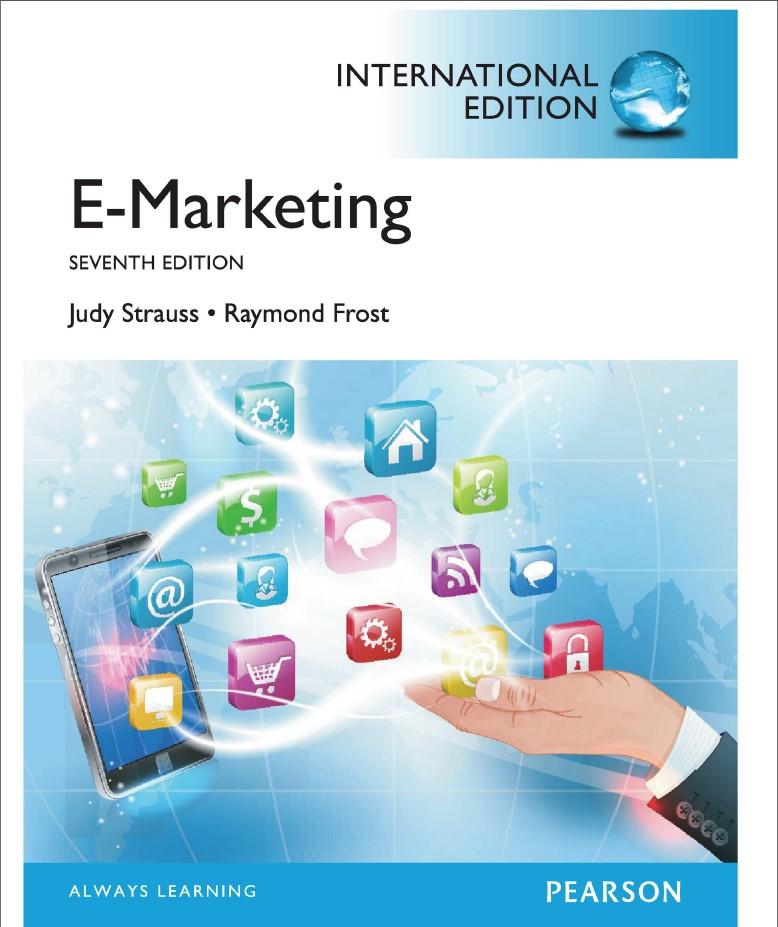Question
Consider a three-firm Cournot oligopoly in a homogeneous product. Each firm has the same constant marginal cost of production, c. The firms are indexed i
Consider a three-firm Cournot oligopoly in a homogeneous product. Each firm has the same constant marginal cost of production, c. The firms are indexed i = 1, 2, 3. The inverse market demand for the good is given by P = A BQ, where Q is the total output of the firms. The reaction function for each firm i is given by q*i = ( A-c)/(2B) - (Q-1)/2
where Q-1 is the output of all of the other firms.
a. Suppose firms 1 and 2 merge. We now have a Cournot duopoly. Is this merger privately profitable? That is, is the profit of the merged firm higher than the sum of the profits of the two individual firms before the merger? Do the results change when all three firms merge?
b. Use this example to briefly explain what is the Merger Paradox?
c. How can we reconcile the Merger Paradox with the observe merger activity in the real world?
Step by Step Solution
There are 3 Steps involved in it
Step: 1

Get Instant Access to Expert-Tailored Solutions
See step-by-step solutions with expert insights and AI powered tools for academic success
Step: 2

Step: 3

Ace Your Homework with AI
Get the answers you need in no time with our AI-driven, step-by-step assistance
Get Started


